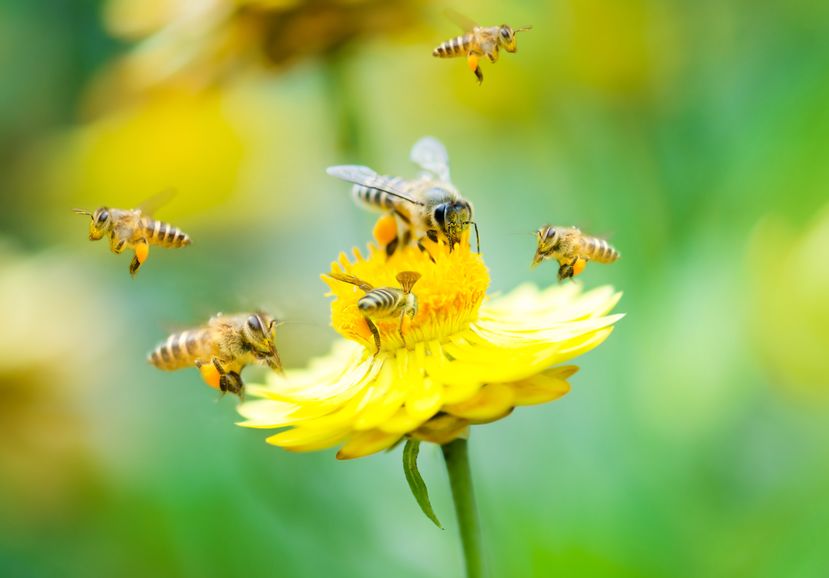Honey is the perfect addition to tea, breakfast foods, and now…gauze for wounds?
Researchers at the Institute for Fiber Engineering at Shinsu Engineering in Japan are using honey to create advanced wound dressing materials via “electrospun cellulose acetate nanofiber.”
Specifically, they are using manuka honey, which is made by bees that gather pollen from Leptospermum scoparium, which is a tree native to New Zealand and southeast Australia.
Reported in Bio Market Insights:
“Electrospinning is a technique in fibre engineering that uses electrostatic repulsion to counteract surface tension and dispel the ‘dope’ or fibre mixture to spin nano-sized fibres made of desirable ingredients. It is often used when producing fibres made of complex polymers, in this case with the added ingredient of manuka honey.
“Corresponding author of this study, Professor Ick Soo Kim of Shinshu University’s Institute for Fiber Engineering stated that it was difficult to ‘prepare a spinning dope for electrospinning. As we used cellulose acetate as a polymer carrier for our bioactive ingredient, it was very important to determine an amount of manuka honey which should show its bioactivity in the composite nanofibre mats without altering the electrospinning dope properties.’”
Basically, it was difficult to find the right combination of honey and other materials that would keep the consistency needed to make it effective for wound dressing application.
Researchers hope to bring the product to market soon, and to expand testing to include that of whole, living organisms, rather than just pieces of tissue in a lab.
To read the article in Bio Market Insights, click here.
